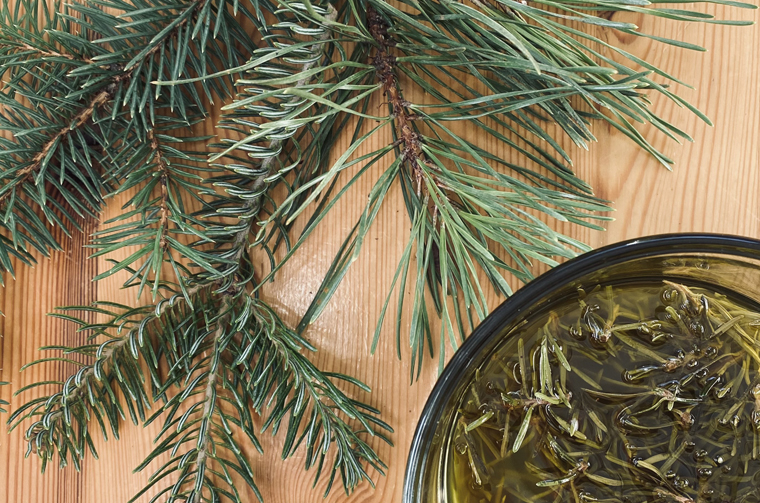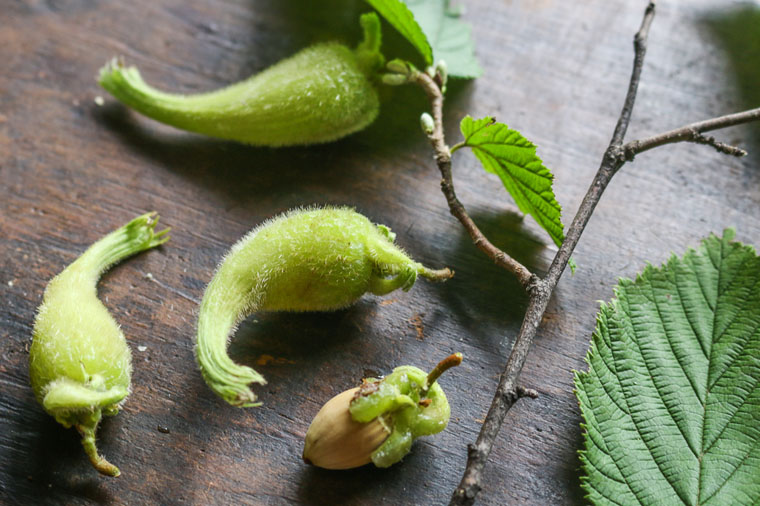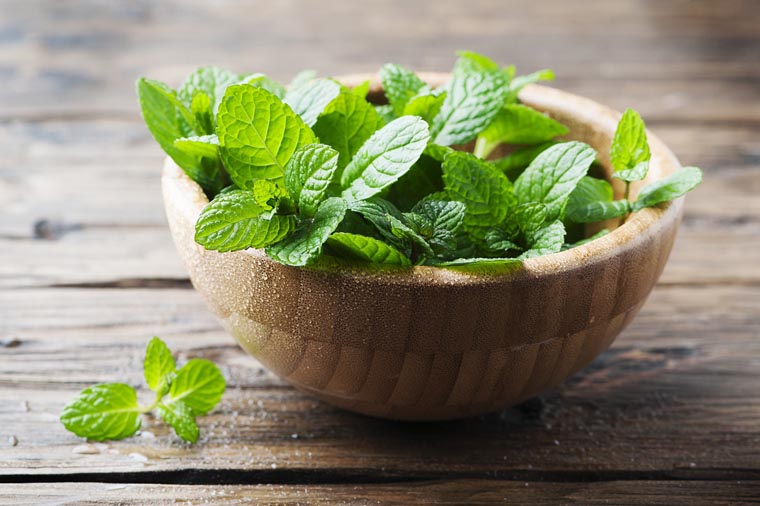Evergreens as a Herbal
What is an Evergreen?
An evergreen refers to a plant whose foliage remains green throughout the winter and remains functional for more than one growing season. By contrast, a deciduous plant will lose its foliage every winter, to be replaced by new leaves in the spring. There are two categories of evergreen plants, coniferous and broadleaf. Most coniferous evergreens have needle shaped foliage and reproduce via cones. Broadleaf evergreens are far less common in Alberta, however are characterized by broad leafs and many varieties will produce showy flowers in the spring, followed by berries as part of their reproduction process.
Which Evergreens Can I Use?
It is the coniferous evergreens such as spruce, pine, fir, and douglas fir that are safe to consume and use in therapeutic preparations. While yew is technically a coniferous evergreen, it is NOT safe. Yews are known to be toxic and should be avoided.
Which Parts of Evergreens Can Be Used?
The inner bark, needles, resin or pitch, and twigs of coniferous evergreens all have therapeutic properties and can be safely used. For our recipes, we will be focusing on the use of the needles.
What Makes Evergreens so Great?
Evergreens are remarkably high in vitamin C, which makes them the perfect herbal for the winter months otherwise known as our cold and flu season.
Evergreens are most commonly used for their antimicrobial, antifungal, and antiseptic abilities but certain varieties can also be used as an analgesic, antioxidant, diaphoretic, disinfectant, diuretic, emetic, expectorant, laxative, mucolytic, pectoral, rubefacient, and stimulant.
Evergreens can also used in a variety of ways to include food preparations, herbal remedies, teas and tinctures, cosmetic preparations, and as natural household cleaners.
When to Harvest Evergreens
Evergreens may be some of the most convenient plants to harvest, since they can be harvested at any time throughout the year. There is no need to wait until a specific time of year, however it is worth noting that the nutrient profiles are highest in the spring.
How to Harvest Evergreen Twigs & Needles
Evergreens are incredibly easy to harvest, but there are a few things to keep in mind. Using a pair of sharp scissors or small pruning blades, clip a side twig from a main branch. It is best not to cut the tip of the branch; cutting the tip will prevent proper future growth. It is also important to avoid cutting the vertical stem at the top of the trunk, known as the leader.
Be careful not to over harvest. Anytime we forage in nature we should strive to have a minimal impact on the surrounding ecosystems. It is best to only cut a few twigs from each plant and to evenly space the cuttings if possible.
It is also important to follow foraging safety guidelines. Always be sure of your identification before using a plant. Be mindful of possible contaminants that may make ingesting the plant harmful. For more information on our foraging safety guidelines be sure to check out our blog on Winter Foraging.
When to Use Caution with Evergreens
While the use of coniferous evergreens, such as spruce, pine, fir, and douglas fir are safe for therapeutic uses, they should be avoided in pregnancy or while breastfeeding. The therapeutic properties of coniferous evergreens are also best suited for acute treatments and not suitable for prolonged use.
How to Store Your Evergreens
Since evergreens can be harvested as needed throughout the year, there is no real value in harvesting for storage purposes. Harvesting just before use ensures the highest possible nutrient benefit. However, there is no harm in storing evergreens for convenience. If you’d like to store needles or twigs the following methods will work best.
Dry your evergreens. Tie your evergreen twigs in loose bundles and hang to dry for at least 3 weeks before storing in a cool, dark, well ventilated and dry place. Avoid storing in airtight containers. Dried evergreens should be used within 2 months.
Infuse your evergreens in oil. By infusing your evergreens in a carrier oil, you can create a base product with numerous applications that will maintain a long shelf life. Choose a carrier oil best suited for your future preparations or infuse a few different oils for a variety of uses.
Infuse your evergreens in vinegar. Vinegar makes a great base for natural household cleaners.
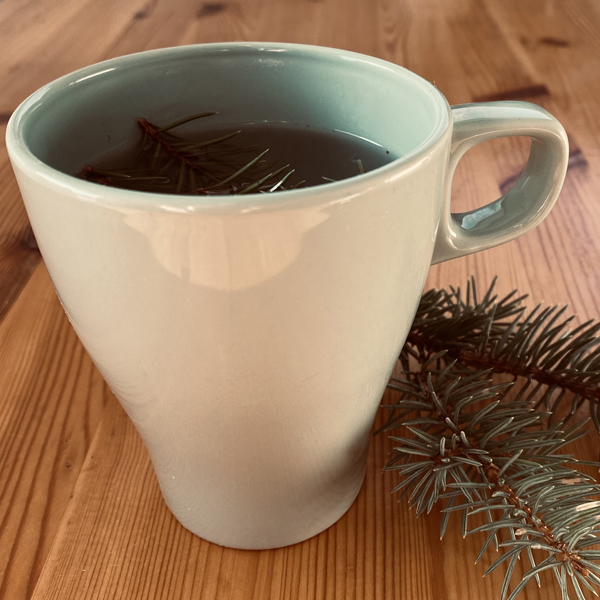
Spruce Sprig Tea
Spruce sprig tea has a delicate flavour with only a hint of evergreen, but it’s loaded with nutrient dense benefits. It also pairs really nicely with a squeeze of fresh lemon and a bit of honey.
Our Printable PDF
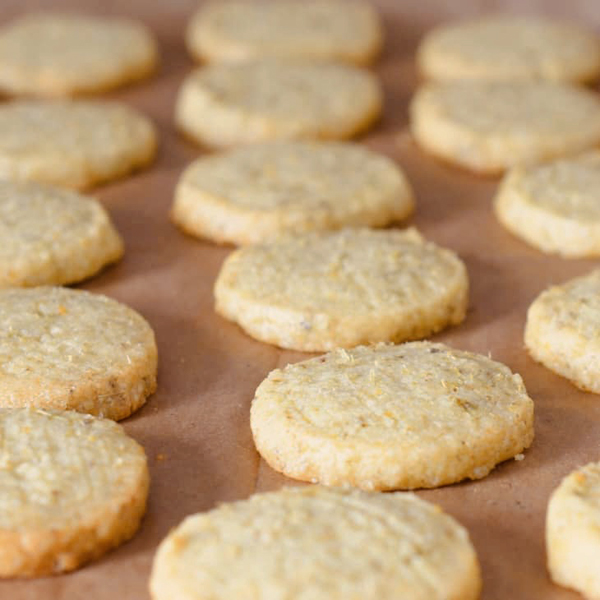
Christmas Tree in a Cookie Shortbread
For something a little unexpected, these savoury and buttery shortbread cookies may seem sophisticated, but are made with just 5 simple ingredients and their fragrant christmas tree aroma will fill your kitchen as they bake!
Our Printable PDF
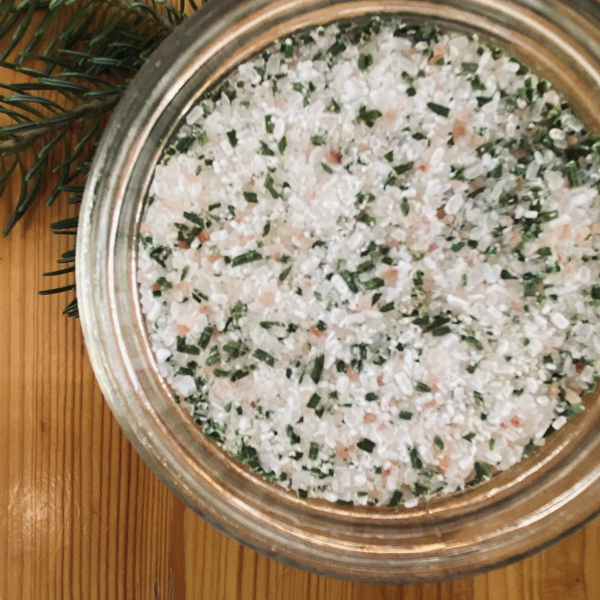
Winter Evergreen Bath Salts
For a nutrioushing yet cozy warm soak in the bath, try our Winter Evergreen Bath Salts made from a mix of evergreen needles, epsom salts and sea salts, such as Himalayan.
Our Printable PDF
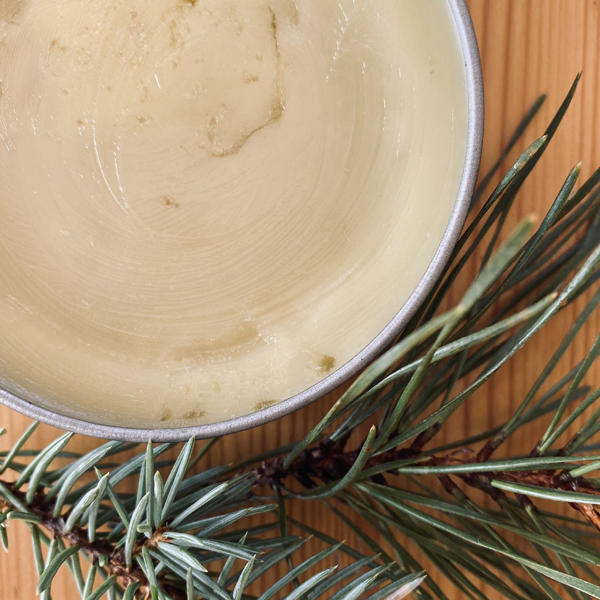
Evergreen & Honey Lip Balm
This DIY herbal lip balm packs the moisturizing properties of olive oil, coconut oil, and castor oil with healing properties of evergreens and the sweetness of honey, ideal for dry winter lips.
Our Printable PDF
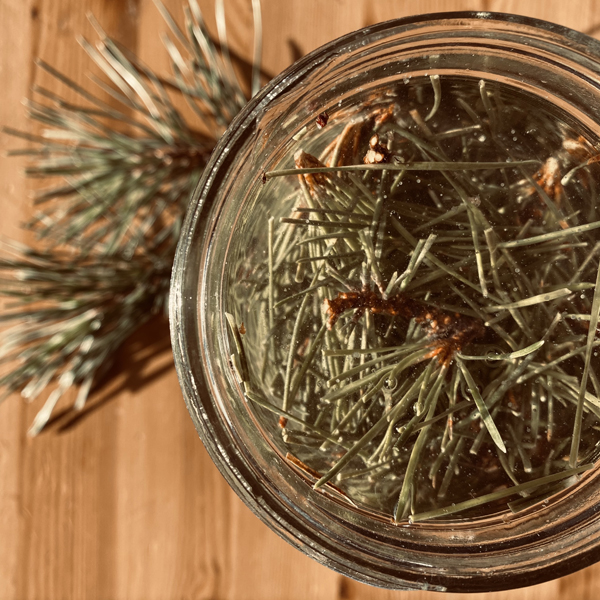
DIY Pine Cleaner
Made from two simple yet powerful ingredients, vinegar and pine needles, this DIY household cleaner is both completely natural and effective to use in regular cleaning.
Our Printable PDF
 |
| 
